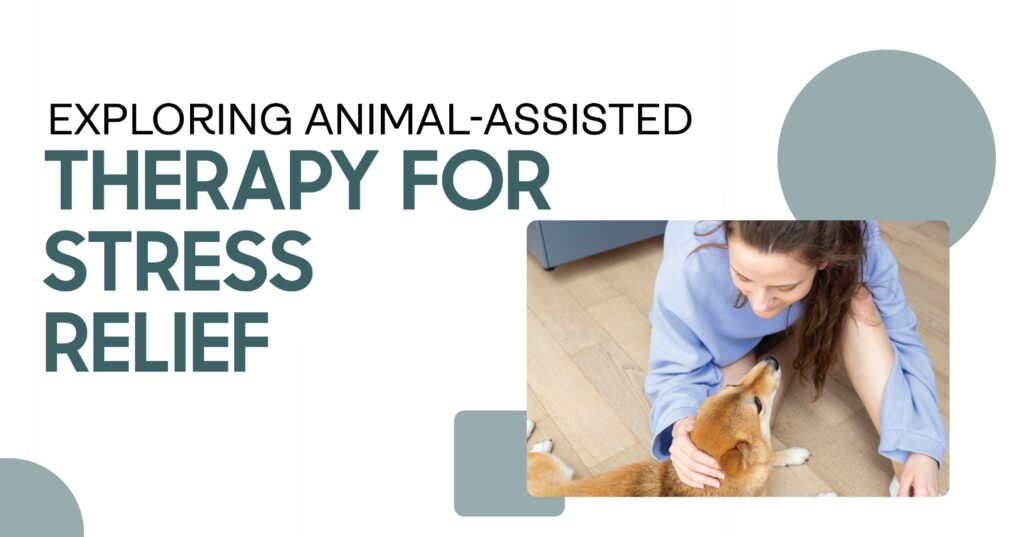In today’s fast-paced world, stress has become a common companion for many. While traditional methods like meditation and exercise are popular stress-relief strategies, there’s a growing interest in Animal-Assisted Therapy (AAT) as an effective means to alleviate stress. This therapeutic approach leverages the human-animal bond to promote emotional well-being.
Understanding Animal-Assisted Therapy
Animal-Assisted Therapy involves the use of trained animals to support individuals in coping with various physical and mental health challenges. Unlike service animals, which perform specific tasks for individuals with disabilities, therapy animals provide comfort and companionship to enhance emotional health. Common animals used in AAT include dogs, cats, horses, and even birds.

How Animal-Assisted Therapy Alleviates Stress
Interacting with animals can lead to several physiological and psychological benefits:
- Reduction in Stress Hormones: Engaging with animals has been shown to lower cortisol levels, the hormone associated with stress.
- Release of Positive Neurotransmitters: Activities like petting or playing with animals can increase the release of serotonin, prolactin, and oxytocin, which are hormones that promote feelings of happiness and relaxation.
- Enhanced Social Interaction: Animals can serve as social catalysts, encouraging interactions and reducing feelings of loneliness.
Applications of Animal-Assisted Therapy
AAT is utilized in various settings to address stress and related conditions:
- Educational Institutions: Schools and universities incorporate therapy animals to help students manage exam-related stress and anxiety. For instance, some colleges bring therapy dogs to campus during finals to help students de-stress.
- Healthcare Facilities: Hospitals and nursing homes use therapy animals to provide comfort to patients, aiding in pain management and emotional support. Northwell Health hospitals in New York have allowed emotional support dogs to visit postpartum units to help new mothers with anxiety and depression.
- Workplaces: Some companies introduce therapy animals to reduce workplace stress and enhance employee morale.

Types of Animals in Therapy
While dogs are the most common therapy animals, other animals also play significant roles:
- Horses: Equine-assisted therapy is beneficial for individuals dealing with trauma and stress, promoting emotional growth and learning.
- Cats: Known for their calming presence, cats can help reduce anxiety and provide comfort.
- Small Animals: Rabbits, guinea pigs, and even birds are used in therapy, especially for individuals who may have allergies or fears related to larger animals.
Considerations and Limitations
While AAT offers numerous benefits, it’s essential to consider the following:
- Allergies and Phobias: Not everyone is comfortable around animals, and some may have allergies that could be exacerbated by close contact.
- Animal Welfare: Ensuring the well-being of therapy animals is crucial. They should be well-trained, healthy, and enjoy their interactions with humans.
- Complementary Approach: AAT should complement, not replace, traditional therapeutic methods. It’s most effective when integrated into a comprehensive treatment plan.
Conclusion
Animal-Assisted Therapy presents a promising avenue for stress relief, harnessing the innate bond between humans and animals to promote emotional well-being. As research continues to support its efficacy, AAT stands as a valuable complement to traditional stress management techniques.







